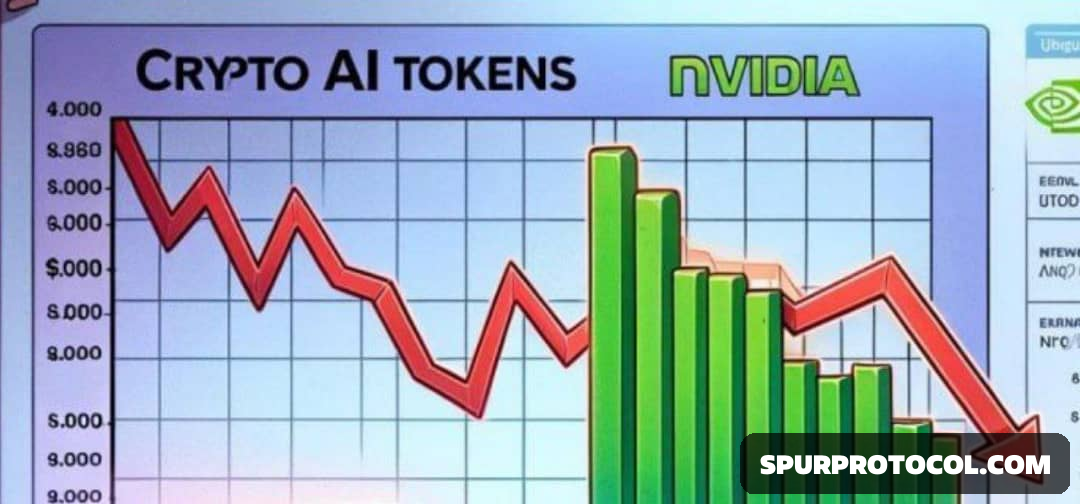CLASSIFICATION OF COINS
Digital assets can be classified in different ways. But based on their function, technology, case use and generation, this lecture classified coins into four groups
Go Back

🕒 4:47 PM
📅 Apr 06, 2025
✍️ By Pstpee84
Coins are digital assets built on their own blockchain while tokens are created on an existing blockchain. In the cryptocurrency space there exist different classes of coins which are important for our understanding.
For the sake of this lecture, based on function, technology, use case and origin, coins will be classified into four groups: coins or tokens, by use case, by consensus mechanism and by generation.
1. Native Coins vs. Tokens
Native Coins: Run on their own blockchain (e.g., Bitcoin, Ethereum, Litecoin).
Tokens: Built on existing blockchains (e.g., USDT, LINK, UNI on Ethereum).
2. By Use Case
Currency Coins: Designed primarily as digital money.
Examples: Bitcoin (BTC), Litecoin (LTC), Bitcoin Cash (BCH)
Platform Coins: Power smart contract platforms and dApps.
Examples: Ethereum (ETH), Solana (SOL), Avalanche (AVAX), Cardano (ADA)
Stablecoins: Pegged to the value of fiat currencies.
Examples: Tether (USDT), USD Coin (USDC), DAI
Privacy Coins: Focus on anonymous transactions.
Examples: Monero (XMR), Zcash (ZEC), Dash (DASH)
Governance Tokens: Allow holders to vote on protocol decisions.
Examples: Uniswap (UNI), Aave (AAVE), Compound (COMP)
Utility Tokens: Provide access to services/products within a project ecosystem.
Examples: BNB (Binance Coin), BAT (Basic Attention Token)
Meme Coins: Inspired by memes or community trends, often highly speculative.
Examples: Dogecoin (DOGE), Shiba Inu
3. By Consensus Mechanism
Proof of Work (PoW): Mining-based validation.
Examples: Bitcoin (BTC), Litecoin (LTC)
Proof of Stake (PoS): Validators are chosen based on stake.
Examples: Ethereum 2.0 (ETH), Cardano (ADA), Solana (SOL)
Others: Delegated PoS, Proof of Authority, etc.
4. By Generation
1st Gen: Digital currency (Bitcoin)
2nd Gen: Smart contracts (Ethereum)
3rd Gen: Scalability, interoperability (Cardano, Polkadot)

